How to start your project
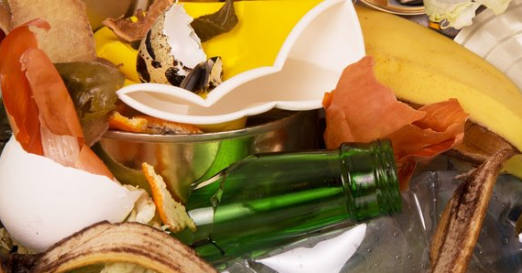
Example process description for a fully automatic municipal solid waste sorting plant:
Municipal solid waste consists of all types of waste generated in the household.
In addition to organic waste such as leftover food, this also includes a wide 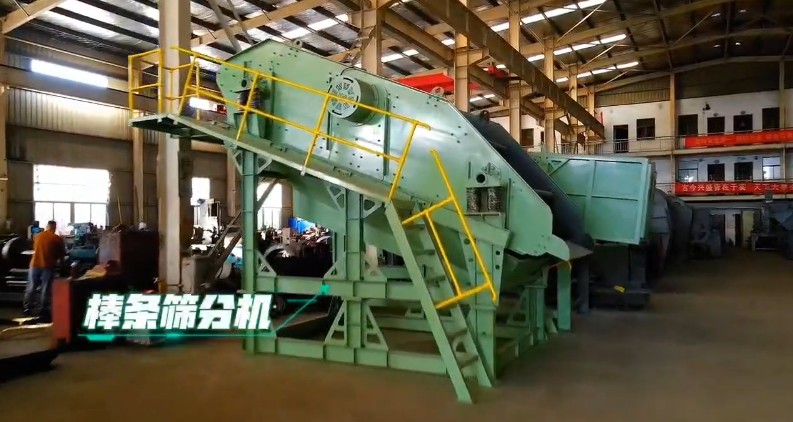 variety of recyclable materials. This type of diverse material composition with
variety of recyclable materials. This type of diverse material composition with
a correspondingly highly varied density of between 100 and 300 kg/m3
represents a particular challenge for such plants, because it simultaneously
demands a high degree of plant flexibility and robustness.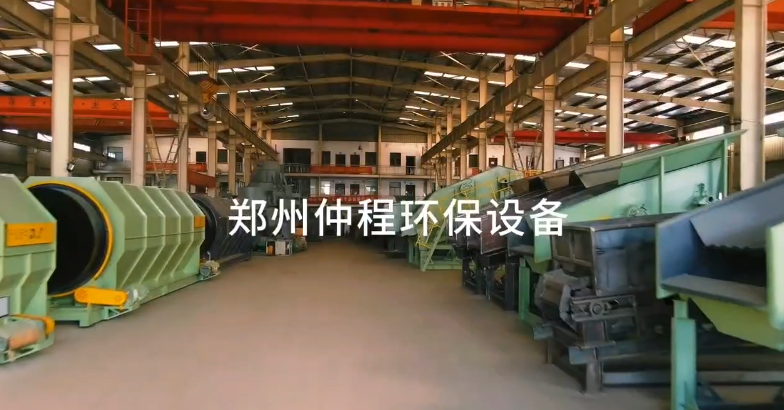
Example process description for an automated sorting plant for municipal solid waste with manual re-sorting:
After infeed dosing, the material is separated into different grain
sizes according to shape (flat [2D], rolling [3D], screening) by various
screening processes via our trommel screen and ballistic separator machinery.
In order to achieve the maximum possible sorting purity, large-area films are
separated from the material flows with the aid of windshifters. This significantly
improves subsequent sorting using near infrared technology . In
combination with the subsequent magnetic and eddy current process, the desired
high output qualities are achieved. Following manual quality controlling,
the material is finally separated into fractions, collected in hopper belts and pressed
to reduce volume for storage and transport.
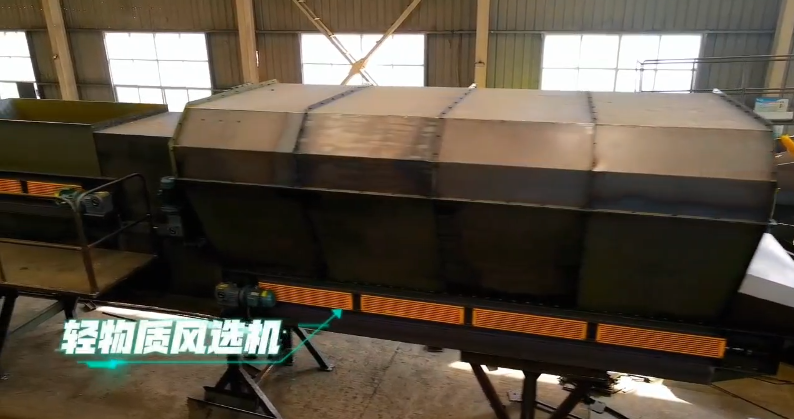
Main components:
1,Bag opener
2,Heavy-duty infeed hopper
3,Shredder
4,Trommel screen
5,Ballistic separator
6,Windshifter
7,Perforator
8,Overbelt magnet
9,Eddy current separator
10,Second-stage shredder
11,Sorting cabin
12,Baler
13,Can press
14,Conveyor
15,Steel construction with walkway
16,Electrical engineering
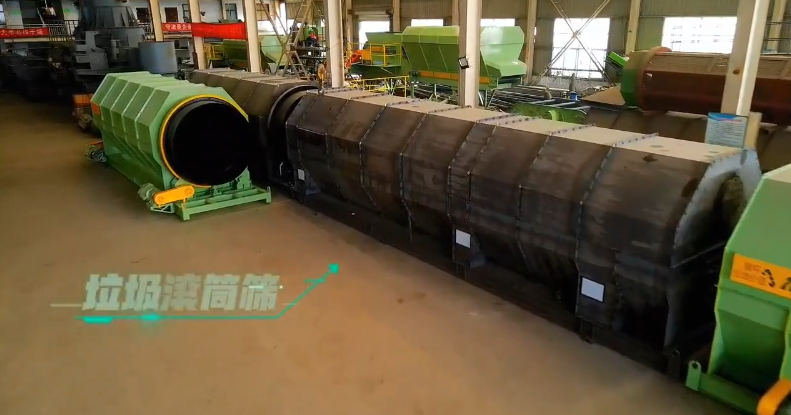
Output fractions:
1,Ferrous metal
2,Film
3,Fine grain
4,Mixed plastic
5,Non-ferrous metal
6,Organic
7,Paper / cardboard / paperboard
8,PE
9,PET
10,PP
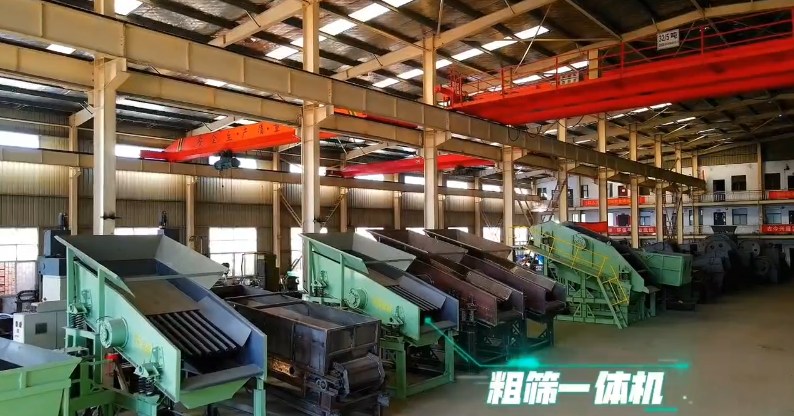
-
 Trommel screenTrommel screen, also known as drum screens, are widely used in various industries for sorting and separating materials.Get Quote
Trommel screenTrommel screen, also known as drum screens, are widely used in various industries for sorting and separating materials.Get Quote -
 Crop straw double shaft shreddApplications:Biomass Energy Production: Shredded straw can be used as a feedstock for bioenergy plants to produce electricity or heat.Livestock Feed: Reduced-si...Get Quote
Crop straw double shaft shreddApplications:Biomass Energy Production: Shredded straw can be used as a feedstock for bioenergy plants to produce electricity or heat.Livestock Feed: Reduced-si...Get Quote -
 Zhongcheng Air Drum SeparatorAir drum separators effectively separate lightweight materials (e.g., plastics, paper) from heavier materials (e.g., metals, glass). This high efficiency is cru...Get Quote
Zhongcheng Air Drum SeparatorAir drum separators effectively separate lightweight materials (e.g., plastics, paper) from heavier materials (e.g., metals, glass). This high efficiency is cru...Get Quote
-
2024-07-16Drum screen garbage processing machine for msw recyclingManaging municipal solid waste (MSW) efficiently is crucial for urban areas. Drum screen garbage processing machines are a game-changer in this field. They ensu...
-
2023-01-12Waste Baler For MSWHigh density solid waste balers are the final step before sending waste to landfill. Horizontal balers designed and manufactured for this difficult job and prov...
-
2024-05-20Mobile Impact Crusher PlantThe mobile impact crusher plant is a kind of crushing equipment based on a mobile platform. It uses an impact crusher as the host machine and is usually equippe...
-
2025-04-21Compact Copper Cable Granulator MachineThe compact copper cable granulator machine is a device used to recycle waste wires and cables. It separates the copper wire from the plastic sheath by crushing...
-
2024-06-06Drum Screen For Composting PlantDrum screen, also known as a rotary drum screen or trommel screen, is an essential piece of equipment used in composting plants for the separation of compost ma...



